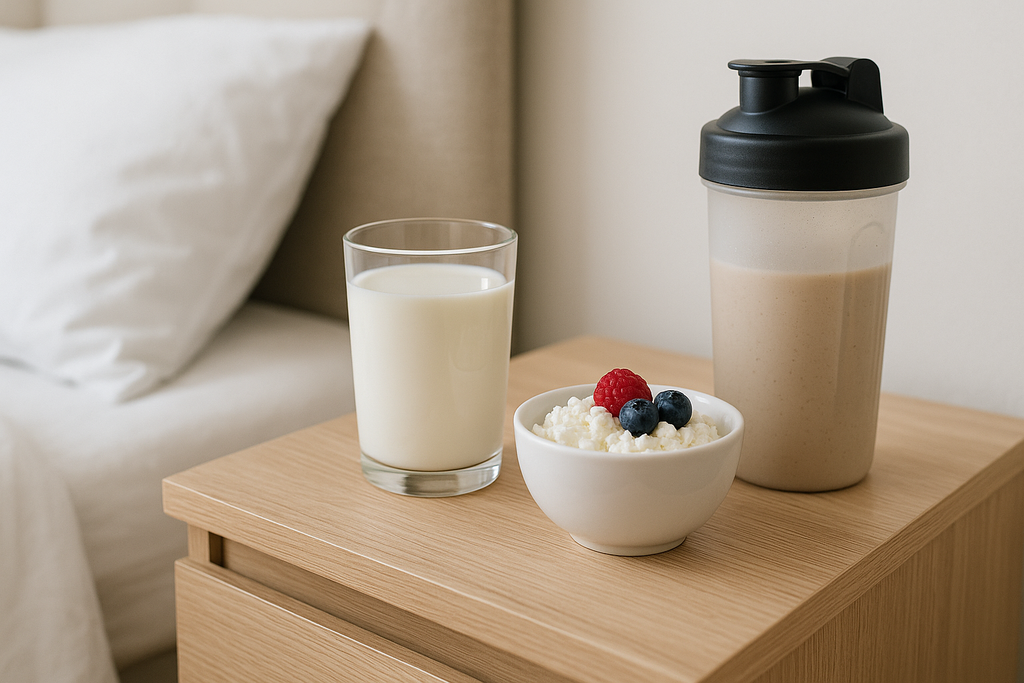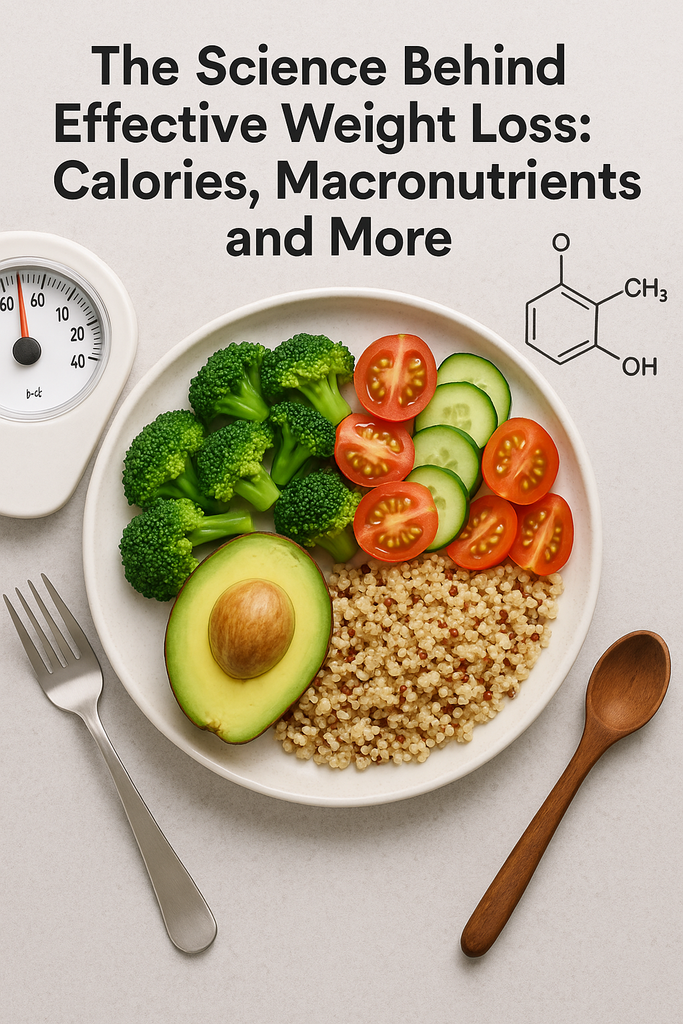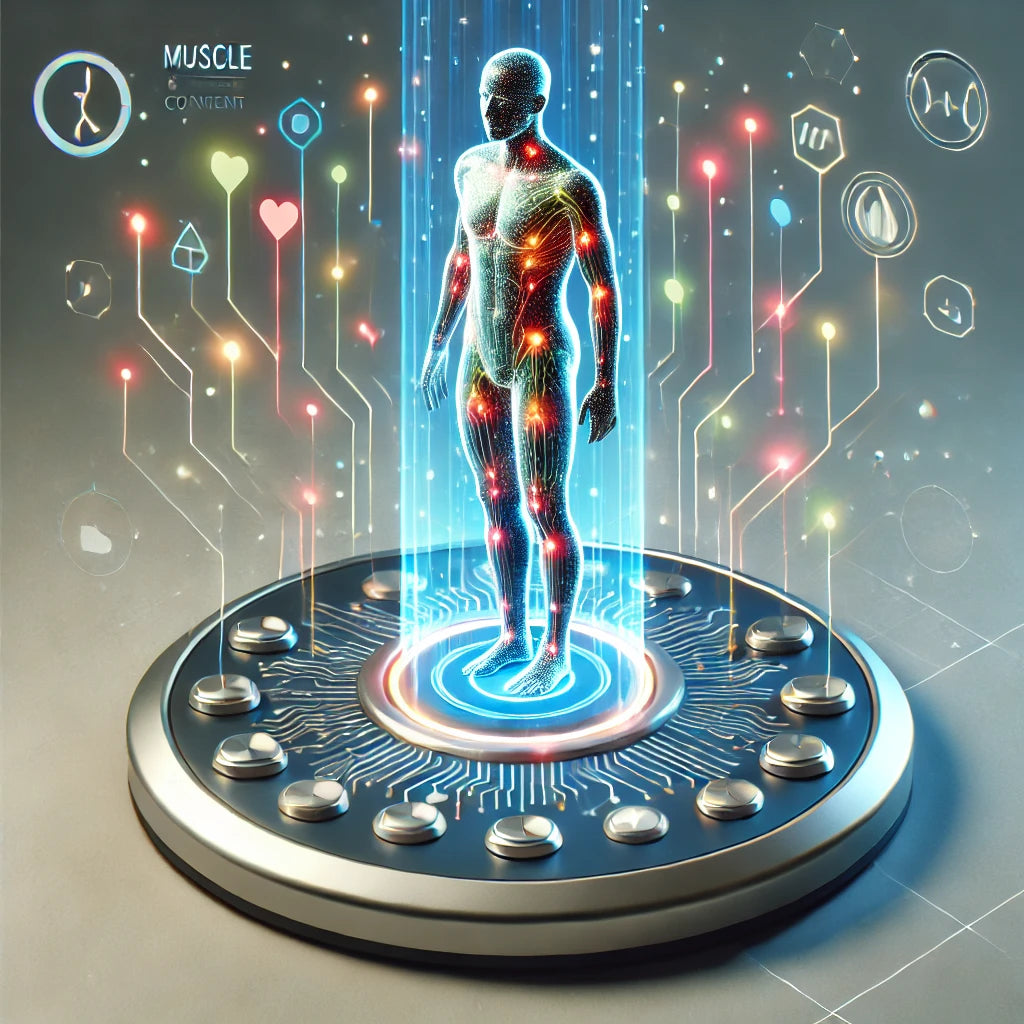News — body composition
The Role of Pre-Sleep Protein in Overnight Muscle Repair
amino acid availability anabolic window bedtime protein bedtime snack for athletes body composition casein protein digestion rate endurance recovery lean mass retention micellar casein muscle protein synthesis older adults muscle overnight muscle repair practical sports nutrition pre-sleep protein prevent muscle breakdown protein timing sarcopenia prevention sleep and recovery strength training recovery whey vs casein
While most of the body rests during sleep, muscle tissue remains metabolically active, carrying out repair, growth, and adaptation processes triggered by daily activity. For athletes, fitness enthusiasts, and even those focused on healthy aging, the overnight window presents an often-overlooked opportunity to support muscle recovery. One emerging strategy? Consuming a targeted dose of protein before bedtime.
Recent research has challenged the old belief that eating before bed is detrimental, particularly when it comes to muscle health. Studies suggest that pre-sleep protein can enhance overnight muscle protein synthesis, improve recovery from exercise, and even support lean mass retention during weight loss. This article explores the science behind pre-sleep protein, the best types to choose, and how to optimize intake for maximum repair and growth while you sleep.
Muscle vs. Fat: The Complete Guide to Metabolism & Weight Loss
best way to build muscle body composition body fat vs muscle build lean muscle fat loss myths fat loss tips fat metabolism how muscle burns calories increase metabolism LongLife Nutri metabolic rate muscle building guide muscle density muscle metabolism muscle support supplements muscle vs fat muscle weight vs fat weight protein and muscle scale vs body composition strength training
It’s one of the most common phrases heard in gyms and locker rooms: “Muscle weighs more than fat.” But is that really true? And what does it actually mean for your metabolism, your body composition, and your weight loss goals? The relationship between muscle, fat, and metabolism is more complex—and more fascinating—than most people realize.
Understanding how muscle and fat differ, both in structure and function, is crucial if you’re trying to lose weight, build strength, or boost your metabolism. This guide breaks down the science behind the numbers on the scale, demystifies the “muscle vs. fat” debate, and helps you make smarter decisions for your fitness journey.
Science-Based Weight Loss Guide: Calories, Macronutrients, and More
body composition caloric deficit calories and weight loss energy balance fat loss vs weight loss fat-burning foods fiber and digestion healthy fat loss how to lose weight macronutrients metabolism and fat loss muscle preservation nutrition basics protein for weight loss sustainable diet thermic effect of food weight loss and sleep weight loss science weight loss supplements weight management
In a world saturated with diet fads and fitness hacks, effective weight loss still boils down to science. Understanding the fundamentals—calories, macronutrients, energy balance, and metabolism—can help you take control of your health journey in a sustainable and informed way. Weight loss isn’t about starving yourself or chasing trends; it’s about working with your body’s biology to achieve real, lasting change.
Whether your goal is fat loss, muscle definition, or simply feeling more energetic, knowing how your body processes food and expends energy is essential. This article breaks down the science behind effective weight loss, explaining how calories, proteins, fats, and carbohydrates work together to influence your metabolism, hunger levels, and body composition. Armed with this knowledge, you’ll be better equipped to create a personalized, sustainable plan that delivers results.
What is Bioelectrical Impedance Analysis (BIA)?
BIA BIA devices Bioelectrical Impedance Analysis body composition body fat measurement body fat percentage electrical currents fat mass fitness monitoring fitness technology health assessment health innovation health tracking hydration analysis lean mass lean muscle mass medical tools muscle mass personalized wellness water content wellness tools
Bioelectrical Impedance Analysis, commonly referred to as BIA, is an innovative method used to measure body composition, providing insights into fat mass, lean body mass, and water content. With the growing interest in health and fitness, BIA has become a popular tool among individuals looking to track and optimize their wellness journey. Whether you're an athlete, a healthcare professional, or just someone interested in improving your lifestyle, understanding BIA can unlock new possibilities in body analysis.
Unlike traditional weighing scales, which only measure total body weight, BIA offers a detailed breakdown of what makes up that number. By using safe, low-level electrical currents, BIA devices analyze how electricity travels through different tissues in the body. This data is then translated into an easy-to-understand report that sheds light on your overall health and fitness levels.




